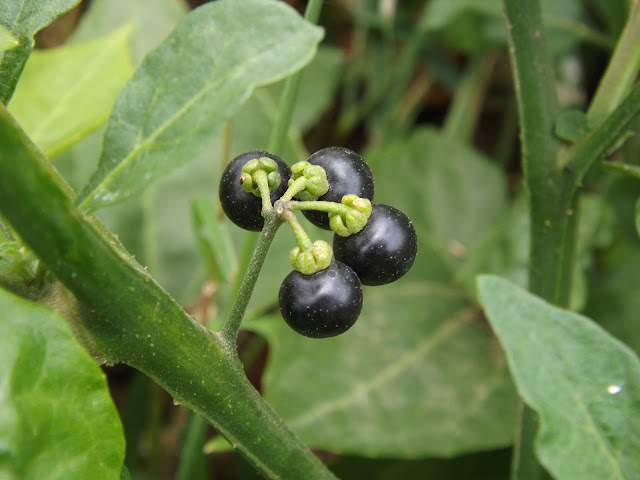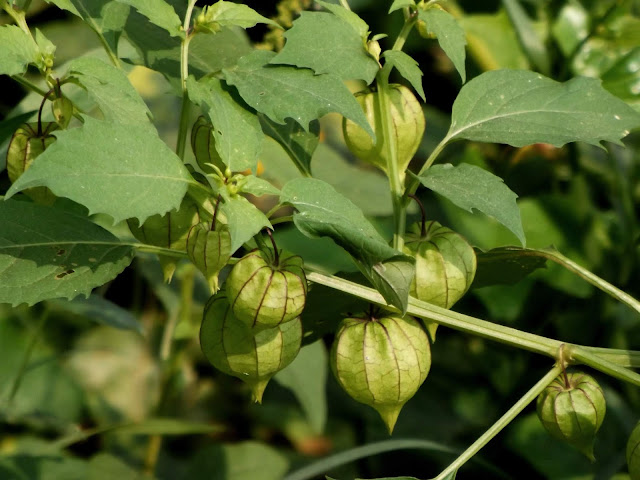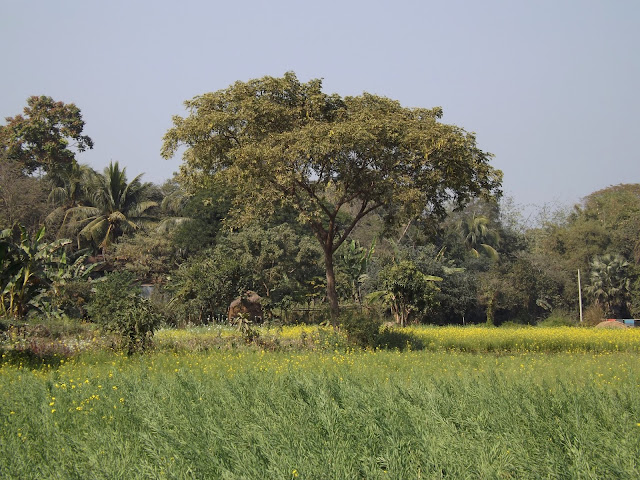Sthol-padma, Confederate rose, Hibiscus mutabilis

Sthol-padma or Confederate rose ( Hibiscus mutabilis , family: Malvaceae) is a wonderful Perennial hibiscus that comes from China. The deciduous plant is introduced to Bangladesh as well as Indian sub-continent and USA. This fast growing woody shrub can grow up to 3 meter tall. Common Name: Sthol-padma , Sthalkamal , Confed erate rose, Dixie rosemallow , Cotton rosemallow . Leaves are simple, alternate, deeply cordate, 3-5 lobed, 8-15 cm long, hairy on both surfaces, petiole long. Flower blooms in September-December. Propagation is caused by cutting and air layering. The flowers of hibiscus mutabilis are large or small, double or single, 9-18cm in across. white, red or pink. It is called 'changeable rose' as it changes color with the change of time. Leaves and flowers of the plant are are used in piles, abortion and urinary problem. Extract of root is used in menstrual problem.










